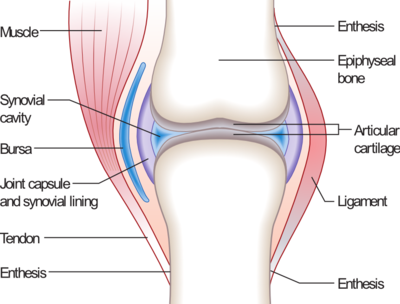There is only a limited store of ATP - PC in each person. ATP - PC breaks down into smaller things and there is a chemical reaction. ATP - PC can only work for activities that last 10 seconds or less so for example 100 metre sprinters would rely on this eneergy source and so would long jumpers. In ATP - PC the C is creatine, creatine can be found in foods and when we eat foods its like a charger. We did an investigation in the gym where we did the leg press weights (where
we had to try and lift the heaviest weight that we could), push ups and pull ups; the reason why we did these exercises was because they are activities where we use short and quick bursts of energy.
Glucose is sugar and glucose can be found in our muscles. The chemical reaction is Glycolysis; in this process the glucose is broken down and it frees up the molecules ( PC ) and this allows the ATP - PC system to take place again. The by product is the lactic acid and this is a bad thing. The Glycolysis process takes 40 - 60 seconds to take place. The lactic acid cause the muscles to hurt and it causes people to fatigue.This Energy system is used in activities such as the 400 metres.
Stage 1
The first stage is called Aerobic Glocolysis; this is when oxygen is mixed with lactic acid and when this
happens both energy and more lactic acid is produces. The energy produced is 2 ATP.
Stage 2
The second stage is called the kreb cycle. It acts like a washing machine and it makes lots of chemical reactions occur. In the kreb cycle we produce Carbon and Hydrogen as by products. We also produce 2 ATP souces of energy.
Stage 3
The last stage is the Electron Transports Chain. Hydrogen is passed through a chain and through out this chain 34 ATP are produced. To use this energy system we need to make sure we work at the 80% work rate - if we go above 80% we start to use the 1st and 2nd energy system and that will cause us to build up too much lactic acid. When this happens is causes us to have oxygen debt.


